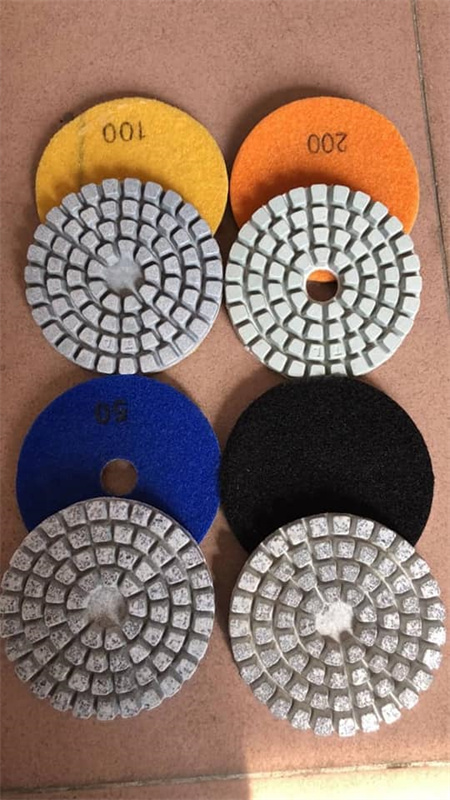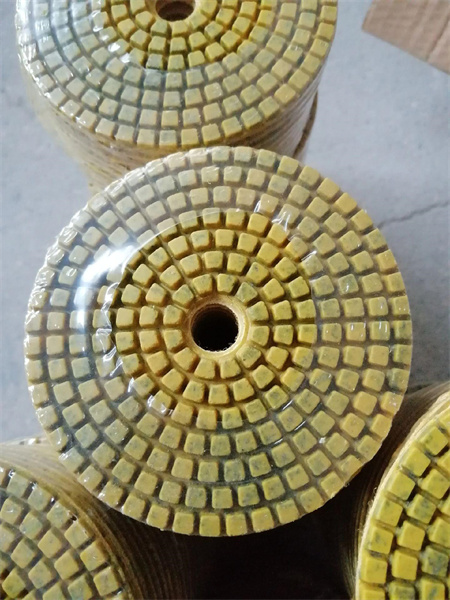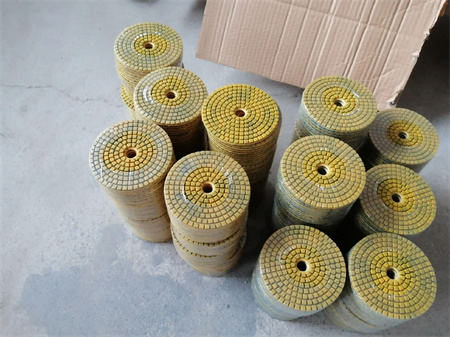Grit Usage Trends in Commercial vs. Residential Projects

In commercial construction, grit serves a broader range of functions, owing to the scale and complexity of the projects. One of the most prominent uses is in the preparation of concrete mixes. Large-scale buildings, office complexes, and industrial structures require reinforced concrete, and grit is essential for achieving the necessary consistency and strength. In these settings, grit, often in the form of sand or crushed stone, is added to the mix to create a sturdy foundation that can withstand heavy loads and the wear and tear of daily use. The sheer volume of material needed for these projects means that the grit used is often sourced from quarries or large-scale suppliers, making it a more industrial-grade product.

On the other hand, residential projects are typically smaller in scale, and the use of grit is more targeted and specific. In homes, grit is commonly used for purposes like improving the texture and strength of concrete foundations or driveways. However, unlike commercial projects, residential buildings often rely on grit in smaller quantities and in less varied grades. The use of grit in residential construction is often driven by aesthetic needs—like creating a certain finish or texture—rather than the high-performance demands seen in commercial settings.
For example, residential driveways often require a coarser grit to ensure durability and a rough texture that can withstand vehicle traffic. Grit is also frequently mixed with concrete for garden paths, patios, and even decorative elements. But compared to large-scale projects, the overall quantity of grit used in these settings is modest. The focus is more on function and aesthetics, rather than creating large, resilient surfaces that must endure heavy use.
A key difference in trends between commercial and residential projects is the growing emphasis on sustainability. In recent years, both sectors have seen a rise in the use of recycled materials, including recycled grit. In commercial construction, there is a push to use reclaimed or repurposed grit, often derived from industrial by-products or demolition waste. This trend is driven by sustainability goals and the desire to reduce the environmental impact of construction. By repurposing grit, companies can minimize their reliance on raw materials and reduce waste. Additionally, the use of recycled grit in large commercial projects can lower overall material costs, making it an attractive option for developers looking to balance environmental and financial concerns.

Interestingly, the trend toward sustainable grit use is helping to bridge the gap between commercial and residential projects. While the two sectors have historically had distinct approaches to grit usage, the growing environmental consciousness in both fields is leading to more shared practices. As both industries push for greener alternatives, the line between how grit is used in residential and commercial projects is beginning to blur.
In conclusion, grit usage in commercial and residential projects may differ in terms of scale, purpose, and specific needs, but there are also many similarities, especially as sustainability becomes a driving force in both sectors. Commercial projects typically require large quantities of grit for high-performance surfaces, while residential projects focus more on aesthetics and smaller quantities. However, the growing emphasis on recycled and eco-friendly materials is uniting the two industries, leading to a more sustainable approach to construction overall. Whether in a towering office building or a suburban home, grit continues to be an indispensable material, shaping the future of the built environment.